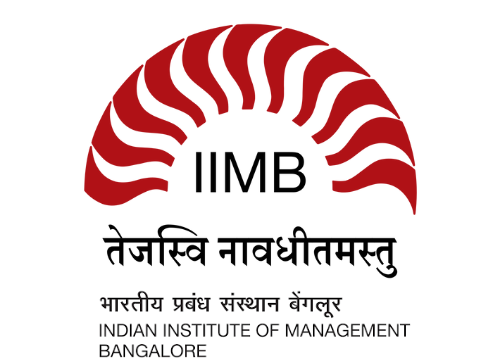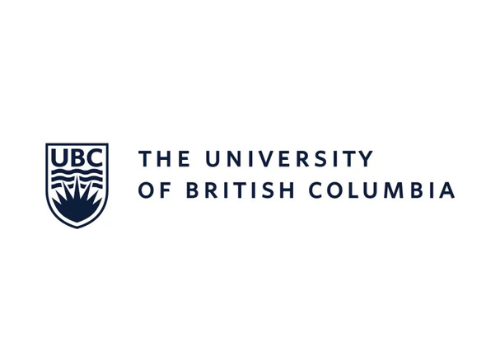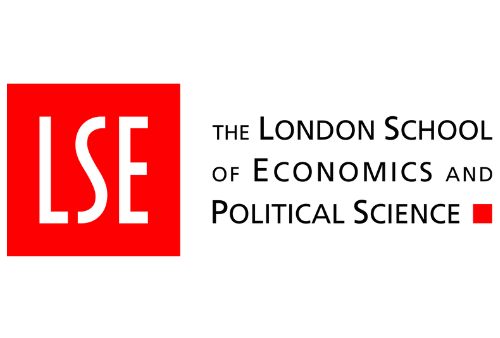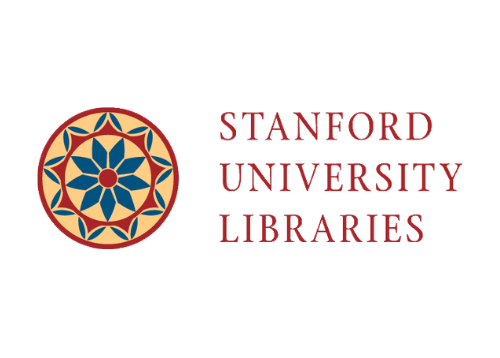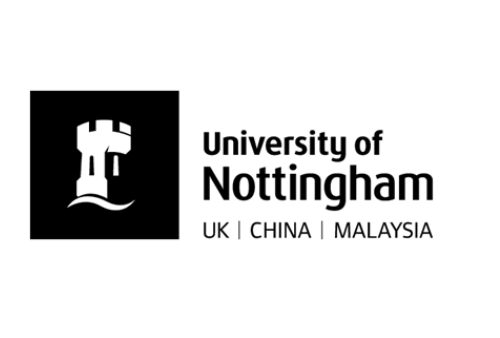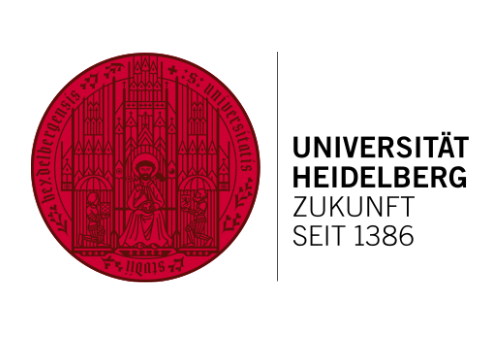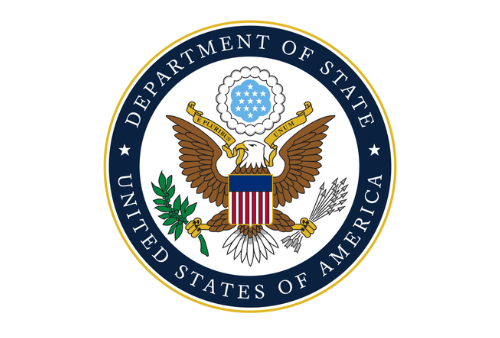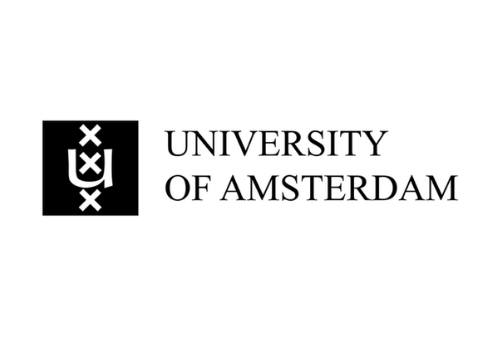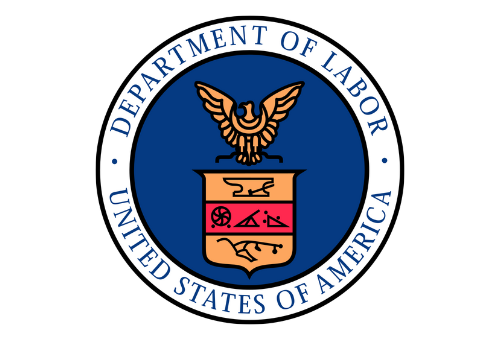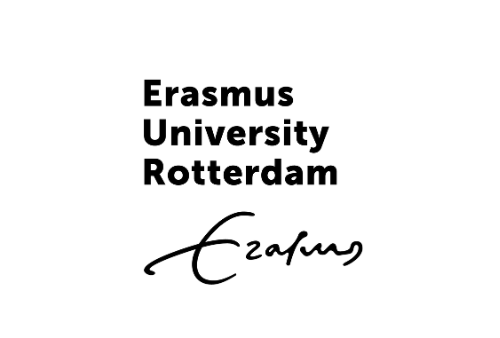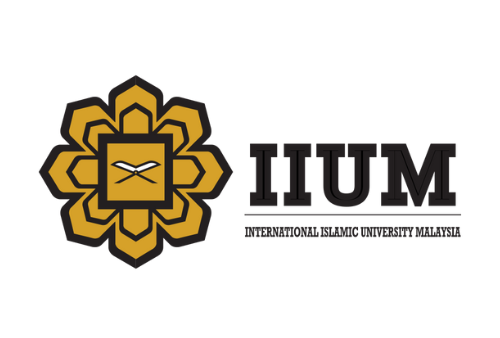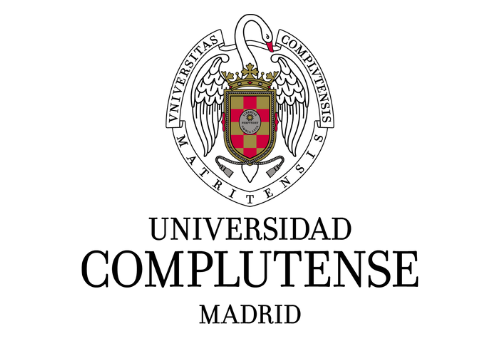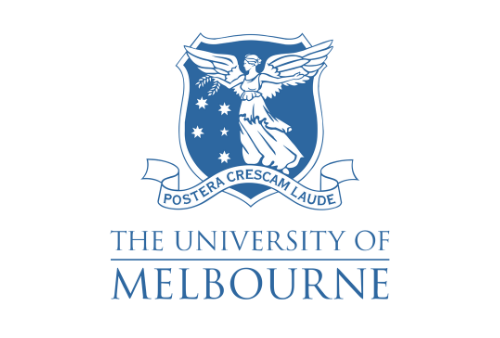DYNAMICS OF THE ROLES AND RESPONSIBILITIES OF PERMANENT AND NON-PERMANENT MEMBERS OF THE UNITED NATIONS SECURITY COUNCIL
Deepanshi Choudhary, STUDENT AT UPES DEHRADUN, B.B.A., LL. B (HONS.) 5TH YEAR
Shruti Monga, STUDENT AT UPES DEHRADUN, B.B.A., LL. B (HONS.) 5TH YEAR
The primary responsibility for safeguarding world peace and security rests on the shoulders of the United Nations Security Council (UNSC). This analysis examines developments that affect members’ duties and responsibilities, both permanently and in the short term. It examines the impact of power imbalances between 10 non-permanent members (NPMs) elected for two-year terms and five permanent members (P5) with trust rights.
This paper looks at the benefits of regular membership, ways for NGOs to make an impact, and ongoing discussions on reforming the UNSC to better represent contemporary geopolitics a key UN body with a mandate to create the world the protection of peace and security and the United Nations Security Council. Member states from regions with little or no representation in the Security Council (SC) have been attacked as undemocratic since the institution’s founding in the mid-1940s.
This study examines how duties and responsibilities of various permanent and non-permanent members of the United Nations Security Council (UNSC). This gives them a unique ability to shape international policy and maintain geopolitical interests. In contrast, non-permanent members appointed for two-year terms do not have veto power but support the work of the Council by participating in decision-making processes, committees, and peacekeeping missions.
Within the context of worldwide peace and security, it examines the special roles, rights, and regulations of those member types. This examination examines the evolving roles and responsibilities of permanent and non-everlasting individuals of the United Nations Security Council[1], highlighting the dynamics of power, choice-making, and affect inside the Council’s framework and its impact on global governance. The effects of their responsibilities on conflict resolution, decision-making strategies, and the U.S.’s typical efficacy in maintaining international peace and balance are all examined in this article.






